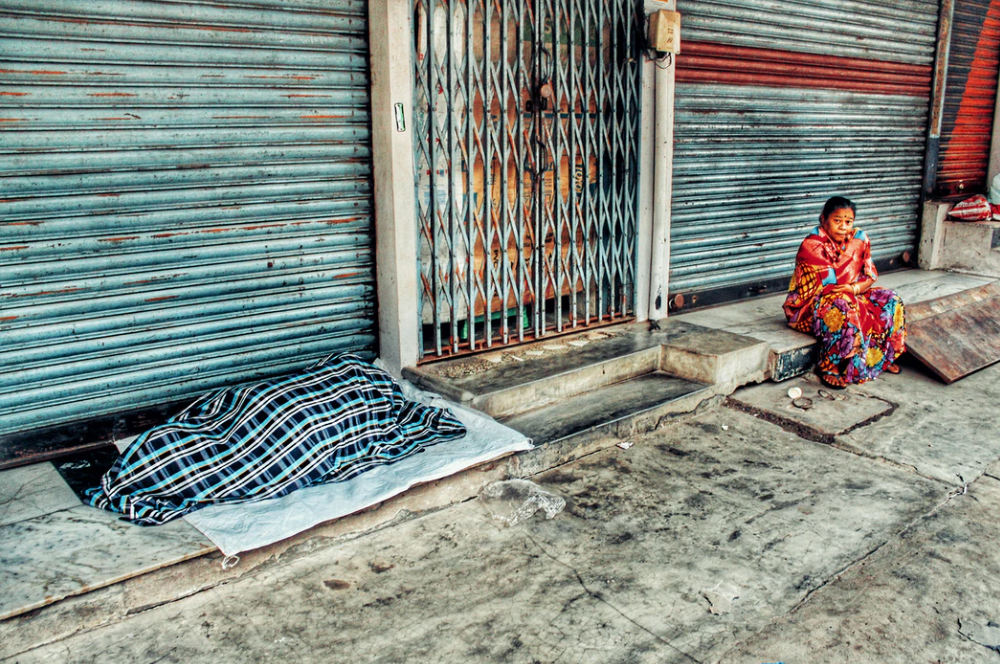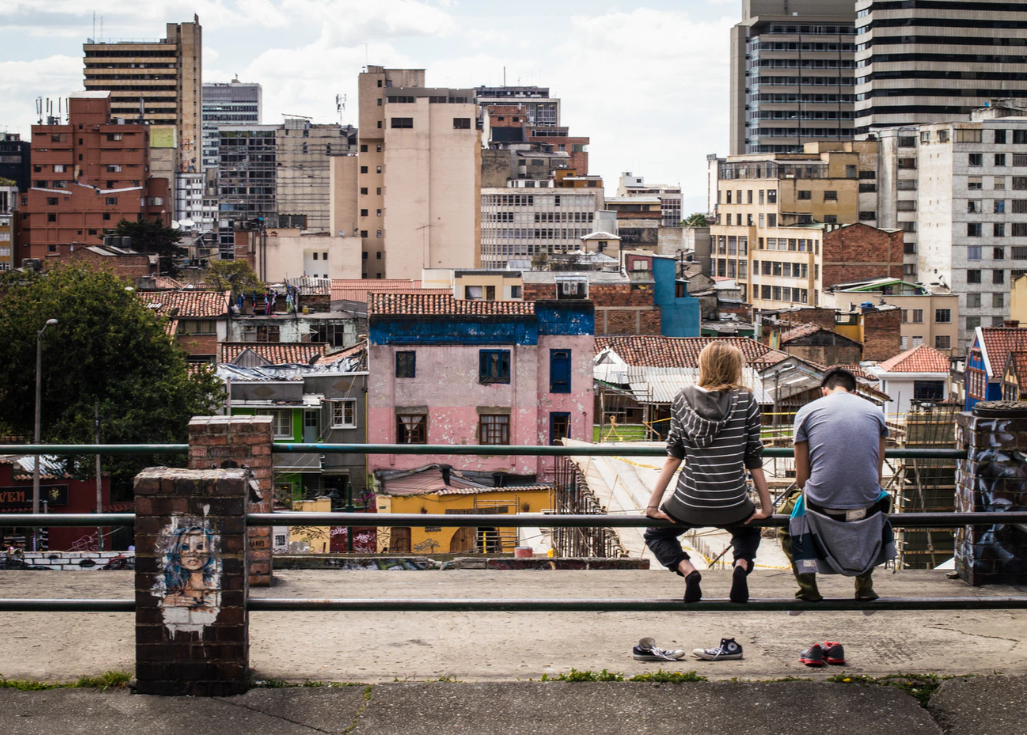BlogUrbanisation
Fast Urbanism: Between Speed, Time and Urban Futures
02. Feb.
2021
DOI: https://www.doi.org/10.34834/2019.0017
Key Words:
fast urbanism
digital urban age
urban geography
Part Two:
Postcolonial time and the time of the future
In my work I have argued that there exists a crucial gap in urban studies and particularly in postcolonial urban studies that ignores the centrality of time in the politics of urban transformations in the global south; seen recently in the 100 smart cities programme. Postcolonial urbanism has focused on the continuities of colonial law, policy, governance and its transformation into new and diverse forms of power and exclusion into the present times. To me though, simultaneous to what has been noted as a digital turn, there has also been a silent temporal turn in urbanism. Indian smart cities draw upon strategies of ‘fast urbanism’ that construct a dialectic relationship between a past and future to call for action in the present. After all as Barbara Adam reminds us, time is both theory and practice, experience and explanation, lived orientation and material expression. The quest for time-control is to a large extent about obtaining dominion over time for economic gain and social advantage.
The ‘future’ is a blueprint for social power relations in the present, and the smart city promises to bring an efficient, entrepreneurial urban future closer to the present. This is what John Urry has called ‘futuring’ (Urry, 2016) – the imagining, governing and performing of particular future visions in the present with a view to reinforcing power in the oncoming times. This imagination of the future has determined how smart cities have been rolled out in the present. And it is therefore imperative to pay more empirical and conceptual attention to speed, time and future in urban transformations.
Urban futures
Here let me draw upon recent work on the Kashi-Vishwanath corridor, a tourist infrastructure project planned in the heart of the historic old city of Varanasi. The Kashi-Vishwanath project was officially started in March 2018 with the aim to make pilgrims route from the riverfront ghats to the ancient Hindu Vishwanath temple more direct and faster. There are generational stories of the penance of the pilgrims, who had to stand in line winding through the narrow lanes of old town Varanasi for hours waiting for their turn to enter the temple to pay their respects to the deity. A commercial infrastructure flourished along this route with hundreds of small and large shops servicing the pilgrims who have visited Varanasi from time immemorial to be part of the cycle of life and death that is laid bare in the city. Yet when Varanasi was chosen as one of the first smart cities to be refurbished its main aim was not to address the devastating conditions of the lived heritage and marginal lives that eked out its livelihoods from the living and dead alike. Rather the smart city focussed on speeding up the pilgrim’s experience by demolishing 45,000 square feet of old structures around the temple to create 50 feet wide pathways that led in a straight line from the ghats to the temple. Overall this destroyed around 250 historic buildings up to 300 years old, Including the Carmichael library – one of the oldest buildings in the historic town. Indeed the Kashi-Vishwanath corridor responds to the imperative of speeding up the tourist-pilgrim rather than the lives and livelihoods those whose buildings were demolished to make way for the corridor.
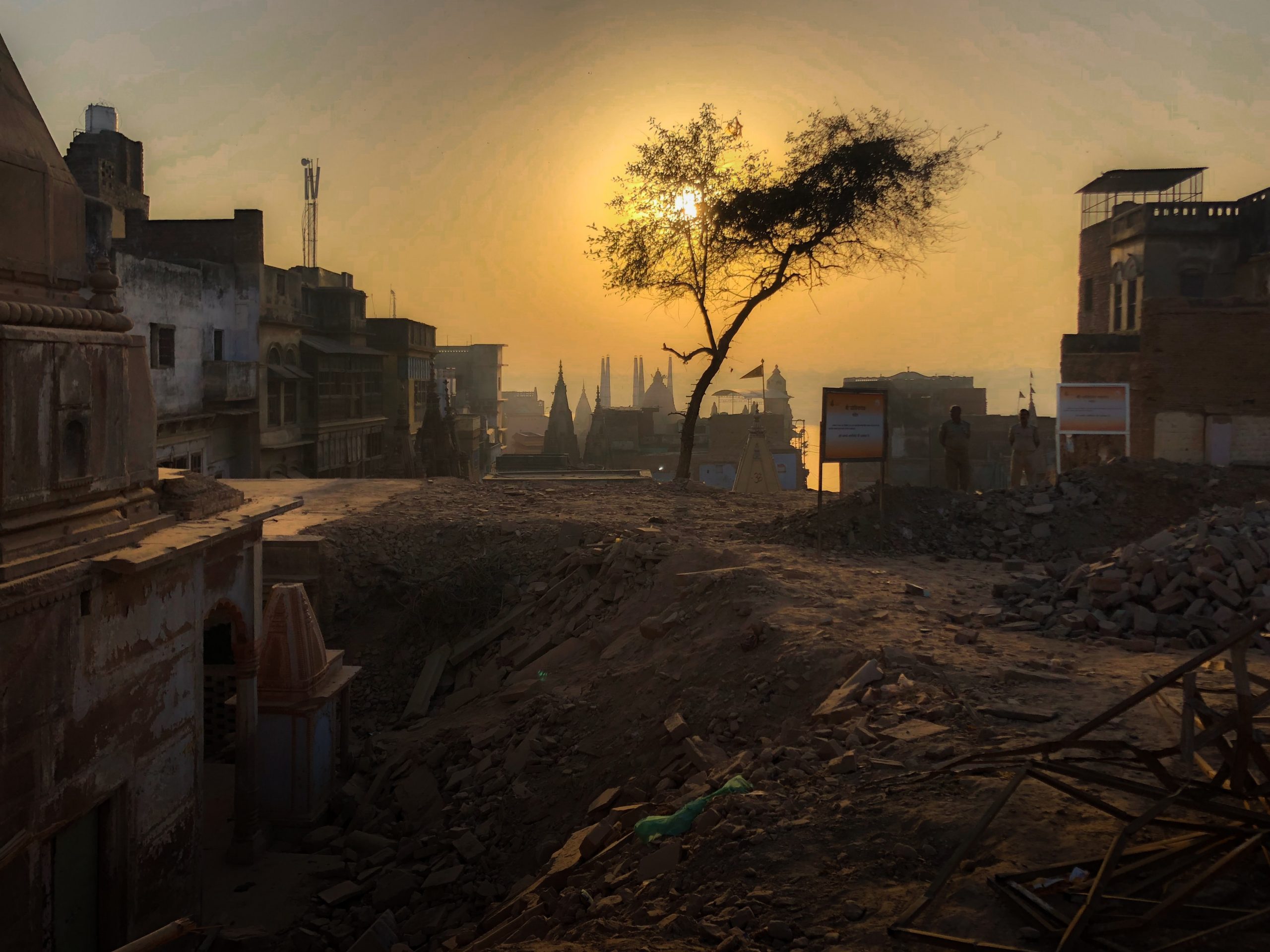
Sunset over the Ganges in Varanashi and demolished buildings in the foreground
(Photo: Lewis J Goetz)
Two versions of urban future were constructed here. The first one is a ‘ancient future’ (Udayakumar, 2005) which draws upon a time of mythology as tangible emblems of history. I was told that the demolished structures (as houses, shops and library) were illegal, that the demolished built form had enclosed ancient Hindu temples that are now emerging from the rubble, and therefore an ancient future had been reinvigorated. The second one is an entrepreneurial future where the erasure of a historical fabric makes way for the fast urbanism of the smart city – ‘a future that is pictured, planned, projected, and performed in the present’ (Adam, 2008) through a coalition between the state- corporate and architect expert.
Colonised time
These technologies of speed are assemblages of time-maps – that show marked disjunctures with the lived time of experience, which is always material, embodied and meaningful. This is evident in the Integrated Command and Control Centres (ICCCs) which are becoming functional across India’s smart cities feed from hundreds of security cameras across the city are brought in for specific purposes of surveillance and algorithmic governance – following cars, buses, cycles and bikes and human looking for signs of non-compliance. As an integral element of the smart city it is no longer just manipulating space by surveilling it, it is also fundamentally altering our consciousness of time and how we experience it – by simulating our sense of real-time through the continuous feeds.
The ICCC upholds a performative ‘process’ of fast urbanism in a context where disconnected, broken or absent physical infrastructures are ordinary features of these cities. In this context the ICCC promises the city a gift of time as an exchange value – quick collection of traffic fines for instance and therefore also the gift of increased urban revenue. So it becomes an entrepreneurial temporal fix.
But speed is inherently a fiction. Those receiving these traffic tickets are often unaware of their deviance, because they do not receive these messages or do not know how to check them or pay these fines online. They continue with their minor violations till they finally receive court summons and they are timed out.
The ICCC also does something that is crucial to the sense of subjectivity and belonging. It promises safety through increased surveillance, rapid response times and police presence. In doing so the ICCC alters the temporality of gendered violence, sexual harassment and assault that take place online and offline through the assumption that speed is an antidote and deterrent to violence. My research on the smart safe city has shown that a logic of fast urbanism pushes safety apps to women’s smart phones, in which women themselves are expected to become the surveillant citizens, responsible for their own safety as digitally enabled beings. In this, the temporality of safety and violence is geolocated as instantaneous. This is in marked contrast to the multiple forms of violence that unfolds daily, over a lifetime, is often generational and passed down as family norms of patriarchy.
Significantly, the aspirations of speed, both in the case of ICCCs and safety apps are unachievable – apps crash, cameras malfunction, data gets corrupted, older phones have slow download rates and apps do not work at all without a mobile network. Crucially fast urbanism sees safety as universal and not produced from intersectional positions of power, subjectivity and temporality. For women on the other hand, speed of justice is stalled in the poor response of police incident rooms, long judicial processes and restrictive family norms which control their bodies and spaces daily. Even more crucially, online violence is on the rise with poor cyber security laws and their implementation, as well as poor digital literacy in tightening security settings in one’s mobile phone. A major part of how women process this violence and act upon it relies upon their relationship to past violence and understanding of future safety, not because of the presence of security cameras and the continuous real-time feeds in the ICCCs.
So, it is not the ICCC technology, nor ownership of mobile phones, not better city design that can address safety, rather a critical consciousness by women of their own marginality and peripheralisation. The mobile phone is a crucial thing that promises access to information and connection in a digital age, yet its ownership and use does not guarantee knowledge and critical consciousness about rights and how to claim them. In particular the mobile phone promises speed to the women but its politics of possession and use is intimately tied to the subjective conditions of everyday life that these women are embedded in.
Contrary then to the promise of a fast and seamless smart city that delivers the gift of time through technology in a digital age, the urban poor are confronted with new struggles with mobility, new exclusions from digital and physical infrastructures, reorganisation of domestic life, as well as the dangers of sexual harassment and assault both online and offline. Fast urbanism questions the epistemologies of time through which we construct the future and the role of technology within it. It enables us to see cities as a ‘time-geography’ as Thrift and Pred argue, a lens into the ‘everyday workings of society and biographies of individuals’ (Thrift and Pred 1981, 277).
This is particularly evident when we take an intersectional lens, where we look at how identity affiliations of gender, class, caste, religion and so on are marked by the disjunctures in time and speed across digital and physical spaces and from above and below.
Fast urbanism enacts a colonisation of time as an entry point to asserting power over everyday life of the colonised as well as transforming their sense of identity and belonging to place. It uses a set of time-bound outputs and expectations through targets and indicators that often have very little to do with how marginal populations live through their daily and seasonal struggles. In this framing, gendered time is colonised through policy timelines and indicators, algorithms and data infrastructures of the ICCC, GDP growth and measurements of mobile phone ownership as measures of gender empowerment. These time-bound policy measures and indicators are reflected also in the Sustainable Development Goals (SDG) which further colonise gendered time through the continued support of ICT as an indicator of ‘poverty reduction and development agenda; and its role as a key ‘enabler’ of human rights’ (Gurumurthy and Chami 2014).
Fast urbanism in a digital age then is marked by the paradoxical spaces of imagining, governing and living through urban futures, through the traffic between digital and analogue spaces, and through the disjunctures between a speed of urbanization wrought from above and the ‘othered time’ of subaltern subjectivities in the peripheries. This is no longer just about shrinking of physical distances as in the Mumbai-Pune Expressway or increased connectivity in the digital age. Rather the public space of the city is now intimately transformed by the public sphere of the internet and vice versa — and these transform the peripheries not through big data platforms or internet of things, rather through a politics of things almost singularly resting on the possession and use of mobile phones.
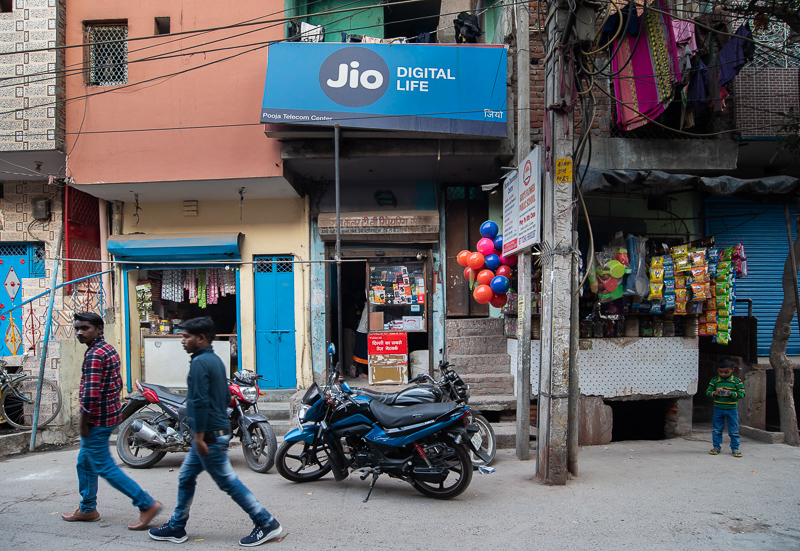
Young men passing by the mobile shop ‘Digital Life’ (Photo: Rohit Madan)
Networked peripheries
These politics call for a new articulation of the urban in a digital age – one that acknowledges the colonisation of time of subaltern subjects as part of the social and infrastructural systems of exclusion from the city, that examines the colonisation with time as the willing participation of subaltern subjects in producing new experiences of speed and time through time management, time burdens and time poverty.
My final vignette here is the work we have done on gendering the smart city, co-producing knowledge and information about peripheralization, violence and gender citizenship in Delhi’s urban future. Here we have been working with young millennial women whose parents were evicted from Delhi’s slums in the 2000s and pushed into resettlement colonies without access to basic urban infrastructure. These second-generation migrants are more educated than their previous generation, more aware of their rights, and they are more desirous of social mobility yet employed in the most precarious service sector jobs in the city. They are well connected through access to mobile phones, yet they are one of the most vulnerable as they are marked by the simultaneous dis/connectedness of physical and digital infrastructures in the periphery. But even digital infrastructures do not always live upto the promise of speed. They can be slow or absent or withdrawn at the will of the state as we have seen recently. Working class millennial women are then marked by the paradox of fast urbanism that promise them speed of connectivity and social mobility as part of an aspirational smart citizenship, and yet pull the rug under their feet with all forms of sexual violence from the home to the city and the colonisation of their time through increased time burdens and time-poverty with failing or absent infrastructures .
This is a new form of peripheralization. This is the networked periphery whereby the paradox of simultaneous centralised governance through technology, and the dispersal of marginal groups who remain outside the technologies of fast urbanism exist concurrently. Even as the great distances between cities are being reduced through air travel, high-speed expressways and ICT, the networked periphery is produced from the contemporary conditions of lived time. While fast urbanism has fundamentally altered subjective experiences of time, speed and urban futures through the continuous traffic between physical and digital infrastructures, the networked periphery remains a new condition of marginality from the disjunctures between speed from above and change from below.
If fast urbanism is a colonisation of and with time, how is it possible to decolonise time under these conditions?
Our work in Delhi’s networked peripheries suggest that while fast urbanism uses a ‘temporal fix’ to transform space, power structures in everyday spaces on the other hand take much longer to change. Change takes place through much slower local, structural and political constraints. Change is personal and subjective – awareness of rights and justice may take generations to become critically conscious through the knowledge and information available in both digital and analogue spaces. Change takes renewed work on fixing time and temporalities on a daily basis, change is incremental that can progressively shift our sense of lived futures. Such a change can decolonise when it can move from asking ‘what is our future’ to when is our future? Framing our action within a temporal space will offer us a different sense of lived time – the time of experience, the time of accumulating knowledge, developing critical consciousness and bringing about change.
Just as my personal and subjective transformation from an architect into an urban scholar has taken a lifetime, a decolonisation of time and knowledge will be inherently slow even in the digital urban age.
DOI: https://www.doi.org/10.34834/2019.0017
Ayona is a Professor in Urban Geography in University College London. She has cross cutting expertise in postcolonial urbanism, smart cities, urban futures, and gender citizenship. Ayona was awarded the Busk Medal from the Royal Geographical Society (with IBG) in 2019 for her contributions to the understanding of smart cities through fieldwork.
© 2024
Research Group Transient Spaces & Societies
Geographisches Institut Innsbruck
Innrain 52, 6020 Innsbruck
Relevant links:
